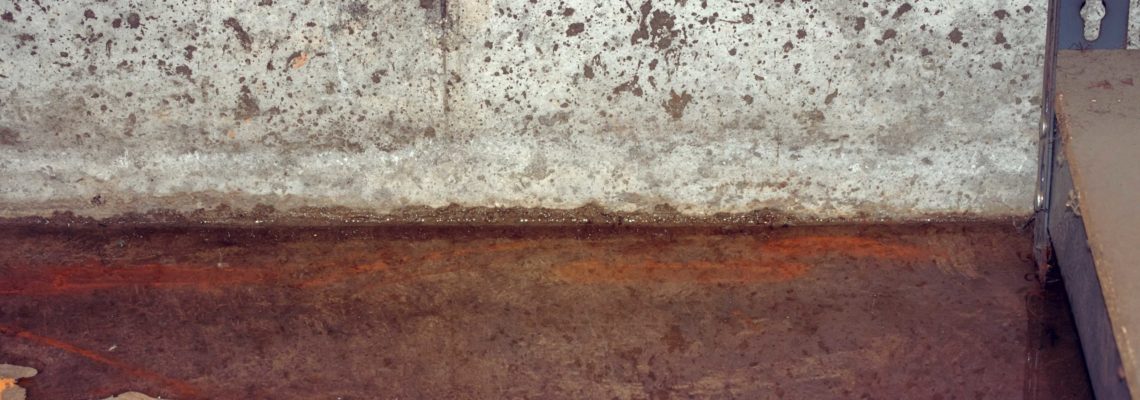If you have an unfinished basement with a concrete floor and your basement floods, you might think that all you need to is get a shop vac to remove the water. But concrete is more porous than you think. Humidity and water, if left unaddressed, can lead to future mold growth, property damage, and health risks. To prevent these dangers, everything must be dried professionally and thoroughly.
When most people think of flood damage repair, they focus on areas such as furniture, ceilings, walls, and hardwood flooring. But one part is often overlooked: concrete floors. Concrete flooring water damage repair is an important step that presents certain challenges.
If concrete flooring isn’t properly dried before a new floor is laid, it can cause future problems. Learn more about how PuroClean Certified Restoration’s skilled water mitigation team can dry your concrete flooring in a flooded basement in Springfield Missouri to make the entire building safer.
Water-Based Adhesives and Their Challenges
When concrete flooring is damaged by water and dried improperly, water-based adhesives won’t cure very well. As these adhesives are used in more applications, this issue has become more common in restoration projects.
When water evaporates from concrete, it’s absorbed by the adhesive. When that happens, the adhesive won’t stick to the flooring properly. It may soften and shift, leading to raised areas in some flooring materials.
After tile is applied, the water-based adhesive may leak along the seams and joint edges. Many mistakenly assume that this is due to defects in the flooring materials, but concrete moisture is the real problem. Therefore, it’s important to ensure that water-based adhesives are used correctly.
How PuroClean Handles Concrete Floor Water Damage
To successfully dry a concrete floor in a flooded basement, you’ll need help from a professional water mitigation company. With help from PuroClean Certified Restoration, your floor will be dry enough to install new coverings. When drying your concrete floor, we’ll use tools such as:
- Containment chambers that help to pull the moisture from the concrete. These chambers are plastic bubbles or boxes that are affixed to the floor. By confining the evaporated moisture to a small area, it’s easier to reach the proper humidity level.
- Non-evasive meters and thermo-hygrometers are used to determine when the concrete is dry enough. Because concrete is hydrophilic (water-loving), the right humidity level may be in the high 60% range. Anything below 72% is dry enough to install tile or carpet, and wood floors should be installed at 70% humidity or below. If the floor needs further drying, we can take care of it.
- LGR or low grain refrigerant dehumidifiers reduce the room’s air temperature, which helps our dehumidifiers take more moisture from the air.
Proper air movement leads to additional drying, as does the removal of the concrete’s boundary layer. Carpet, tile, and hardwood flooring installers have their own installation standards, which require them to ensure that the subfloor is in proper condition.
Call PuroClean for Concrete Flooring Water Damage Repair
If you’ve experienced concrete flooring damage in a flooded basement, it’s important to call the right water restoration company for help. At PuroClean Certified Restoration, we have the skills and tools to do the job efficiently, properly, and safely. We’ll prevent further damage, minimize losses, and get your property back to its former condition as soon as possible. Contact us today for prompt, professional service.


